
Content Source: 2020 RANGER XP 1000 Tractor Owner’s Manual (9930868 R02) > Safety Chapter
| IMPORTANT |
|
The Owner's Manual for this vehicle contains warnings, instructions and other information you must read and fully understand before safely riding or performing maintenance on this vehicle.Always follow the warnings and instructions in Owner's Manual. Click the CONTENTS link above for the Table Of Contents, or download a full PDF of the Owner Manual in the Owner Support area of Polaris.com |
|
Failure to operate this vehicle properly can result in
a collision, loss of control, accident or rollover, which may result
in serious injury or death.
Heed all safety warnings outlined in this section of the owner’s manual
and in the safety DVD
provided with your vehicle.
See the OPERATION section of the owner’s manual for proper operating
procedures.
|
| Serious injury or death can result if you do not follow these instructions and procedures, which are outlined in further detail within your owner's manual. |
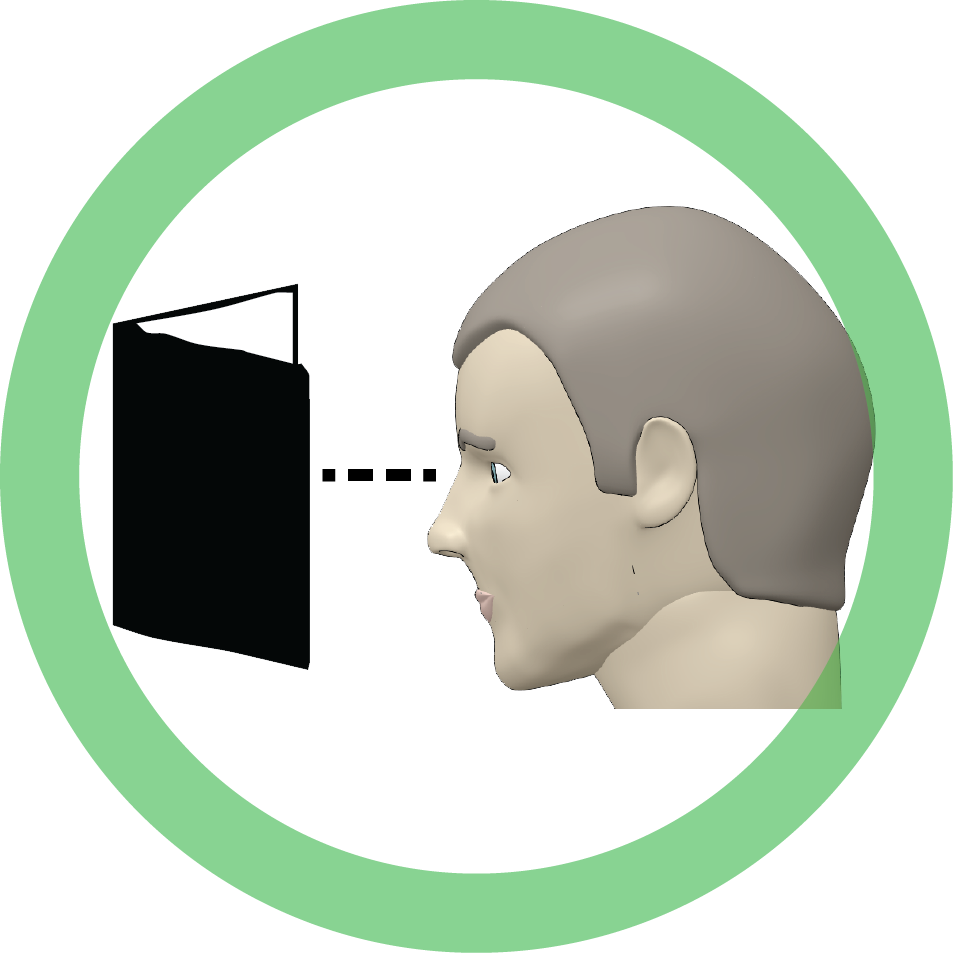
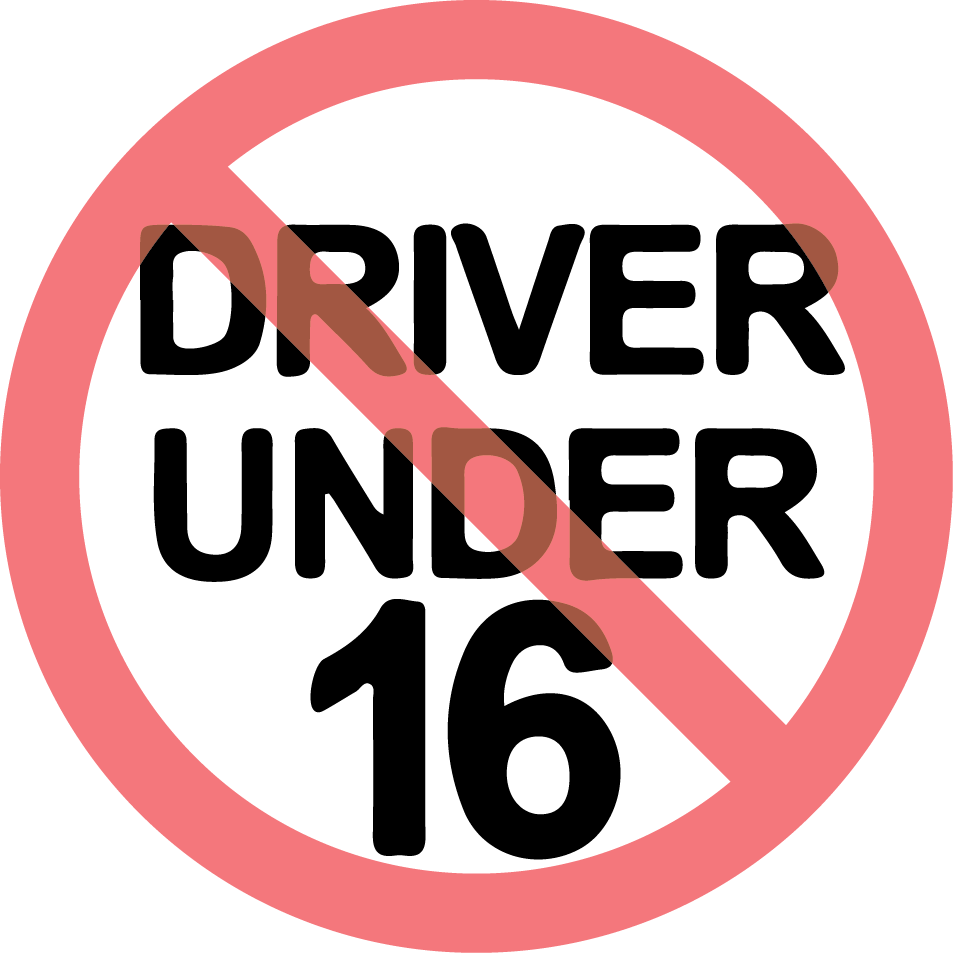
|
Never consume alcohol or drugs before or while operating
this vehicle.
Operating this vehicle after consuming alcohol or drugs
could adversely affect operator judgment, reaction time, balance and
perception.
|
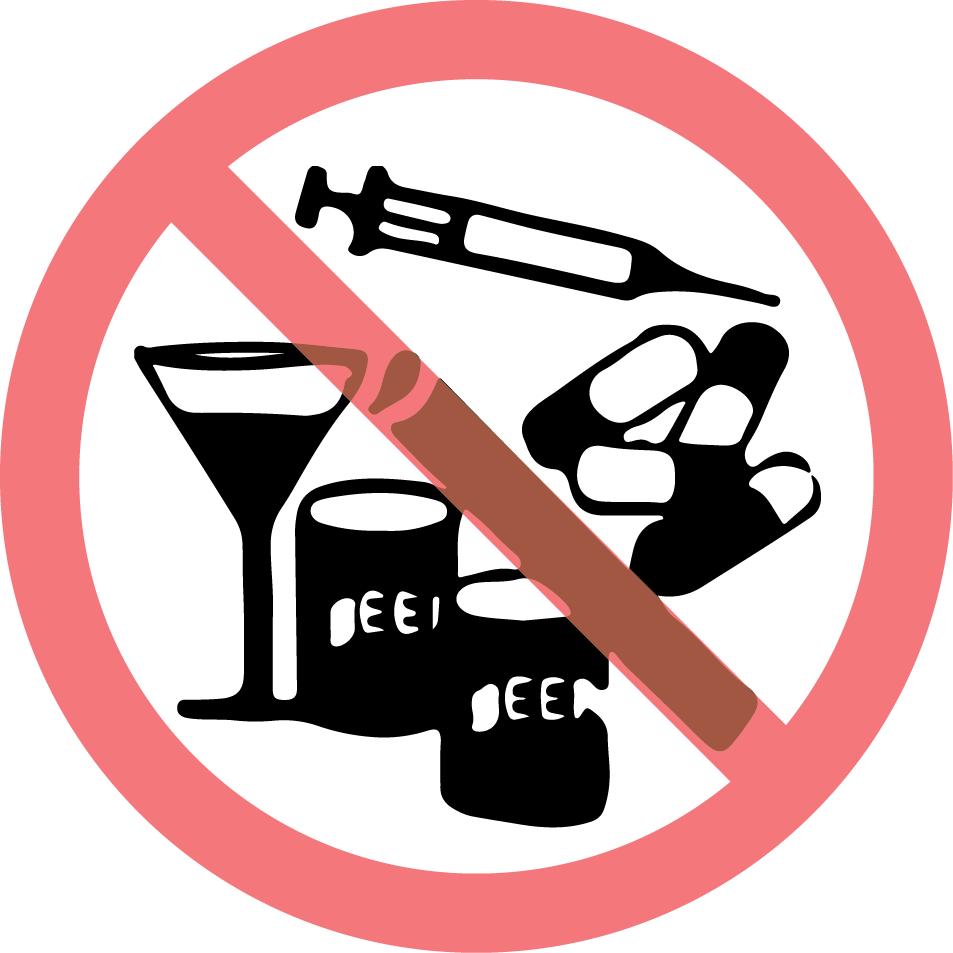
| Failure to inspect and verify that the vehicle is in safe operating condition before operating increases the risk of an accident. Always perform the Pre-Ride Inspection outlined in the Operation chapter before each use of your vehicle to make sure it's in safe operating condition. Always follow the inspection and maintenance procedures and schedules described in this owner’s manual. See the Periodic Maintenance section of the Maintenance chapter. |
|
Riding in this vehicle without wearing the seat belt
increases the risk of serious injury in the event of rollover, loss
of
control, other accident
or sudden stop. Seat belts may reduce the severity of injury in these
circumstances. The operator
MUST wear the seat belt
at all times.
|
A passenger must always be seated in a passenger seat with seat belt secured. Carrying more than one passenger in a 2-seat vehicle can affect the operator’s ability to steer and operate the controls, which increases the risk of loss of control and accident or rollover. Never carry more than one passenger in a 2-seat vehicle unless specified otherwise.
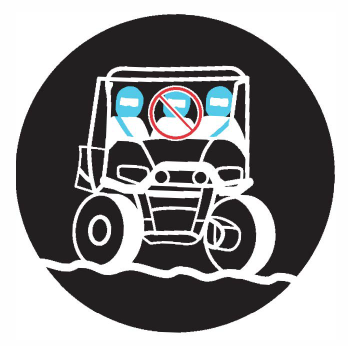
| Under ANY of these conditions: | Do ALL of these steps: |
|---|---|
| Operator and/or cargo exceeds half the maximum weight capacity |
|
| Operating in rough terrain | |
| Operating over obstacles | |
| Climbing an incline | |
| Towing |
|
Operating this vehicle with improper tires or with improper
or uneven tire pressure could cause loss of control or accident.
Always use the size and
type of tires specified for your vehicle. Always maintain proper tire
pressure as described in the
owner's manual and on
safety labels.
|
|
Other Models
Operating this vehicle on public streets, roads or highways
could result in a collision with another vehicle. Never operate
this vehicle on any public
street, road or highway, including dirt and gravel roads (unless designated
for on-road use).
|
|
Operating this vehicle at excessive speeds increases
the operator's risk of losing control. Always operate at a speed that's
appropriate for the terrain,
the visibility and operating conditions and your skills and experience.
|
|
Exhibition driving increases the risk of an accident
or rollover. DO NOT do power slides, “donuts”, jumps or other driving
stunts. Avoid exhibition
driving.
|
|
Turning improperly could cause loss of traction, loss
of control, accident or rollover. Always follow proper procedures
for
turning as described
in this owner’s manual.
|
|
Improper hill climbing could cause loss of control or
rollover. Use extreme caution when operating on hills. Always follow
proper procedures for
hill climbing as described in this owner's manual.
|
|
Improperly descending a hill could cause loss of control
or rollover. Always follow proper procedures for traveling down hills
as described in this
owner’s manual.
|
|
Driving on a sidehill is not recommended. Improper procedure
could cause loss of control or rollover. Avoid crossing the side
of any hill unless absolutely
necessary. If crossing a hillside is unavoidable, always follow proper
procedures as described
in this owner's manual.
|
|
Stalling or rolling backwards while climbing a hill could
cause a rollover. Maintain a steady speed when climbing a hill. |
|
Failure to use extra caution when operating on unfamiliar
terrain could result in an accident or rollover. |
|
Unfamiliar terrain may contain hidden rocks, bumps, or
holes that could cause loss of control or rollover. |
|
Improperly operating in reverse could result in a collision
with an obstacle or person. Always follow proper operating procedures
as outlined in this manual.
|
|
Failure to use extra caution when operating on excessively
rough, slippery or loose terrain could cause loss of traction,
loss of control, accident
or rollover. Do not operate on excessively slippery surfaces. Always
slow down and use additional
caution when operating
on slippery surfaces.
|
|
Skidding or sliding due to loss of traction can cause
loss of control or rollover (if tires regain traction unexpectedly).
Always follow proper
procedures for operating on slippery surfaces as described in this
owner's manual.
|
|
Improperly operating over obstacles could cause loss
of control or rollover. Before operating in a new area, check for
obstacles.
Avoid operating over
large obstacles such as large rocks and fallen trees. Always follow
the proper procedures outlined in
this manual when operating
over obstacles.
|
|
Operating through deep or fast-flowing water can cause
loss of traction, loss of control, rollover or accident. Never operate
in fast-flowing water
or in water that exceeds the floor level of the vehicle.
|
|
Severe injury or death can result if the vehicle and/or
the operator fall through the ice. Never operate the vehicle on a
frozen body of water
unless you have first verified that the ice is sufficiently thick
to support the weight and moving force
of the vehicle, you and
your cargo, together with any other vehicles in your party.
|
|
Operating a damaged vehicle can result in an accident.
After any rollover or other accident, have a qualified service dealer
inspect the entire machine
for possible damage, including (but not limited to) seat belts, rollover
protection devices, brakes,
throttle, and steering
systems.
|
|
Operating this vehicle in darkness or inclement weather
could result in a collision or accident, especially if operating on
a road or street. This
vehicle is not equipped with highway-approved lights. Operate this
vehicle off-road only. Use caution
and drive at reduced
speeds in conditions of reduced visibility such as fog, rain and darkness.
Clean headlights frequently
and replace burned out
headlamps promptly.
|
|
Exhaust system components are very hot during and after
use of the vehicle. Hot components can cause burns and fire. Do not
touch hot exhaust system
components. Always keep combustible materials away from the exhaust
system. Use caution when traveling
through tall grass, especially
dry grass. Always inspect the underside of the vehicle and areas near
the exhaust system after
driving through tall
grass, weeds, brush, and other tall ground cover. Promptly remove
any grass or debris clinging to the
vehicle.
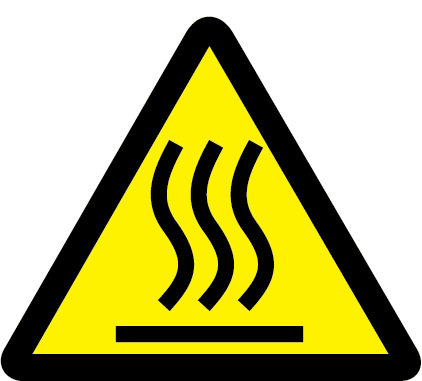 |
|
Engine exhaust fumes are poisonous and can cause loss
of consciousness or death in a short time. Never start the engine
or
let it run in an enclosed
area. Operate this vehicle only outdoors or in well-ventilated areas.
|
© Copyright Polaris Industries Inc. All rights reserved.